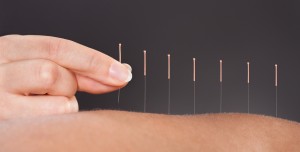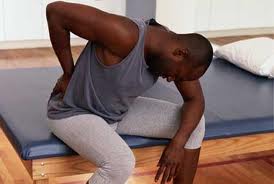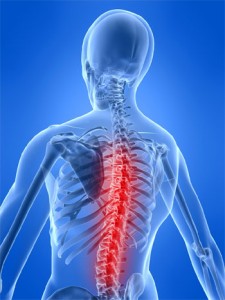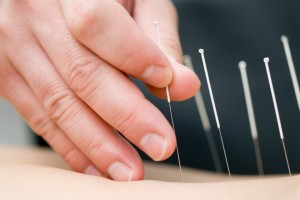 In her book, The Women’s Migraine Survival Guide, Christina Peterson, M.D., offers some advice on an array of migraine triggers that women (and men too!) with chronic migraines should learn about and avoid. Here are the most common:
In her book, The Women’s Migraine Survival Guide, Christina Peterson, M.D., offers some advice on an array of migraine triggers that women (and men too!) with chronic migraines should learn about and avoid. Here are the most common:
Stress -Stress may be a trigger, says Peterson. When you’re under stress, take periodic breaks from difficult activities, alternating tough tasks that require brainpower with other jobs that are more physically oriented. For example, switch from analyzing problems to picking up office supplies or to another activity that’s a no-brainer.
Bright Lights – Bright lights and glare can cause migraines in some people. If you’re outside in bright sunlight, always wear a protective hat and sunglasses, or move to a shady area. If the sun is streaming into the room, and you’re susceptible to migraines, it’s best to put the blinds down to limit glare. You can always put on your sunglasses or slap a ball cap on your head! (Yes, even though you’re indoors.)
Odors – Some people are very sensitive to odors, particularly those from heavy perfume or some cleaning items. You may find that strong aromas can trigger a migraine within several hours. If someone at work drenches herself (or himself) in cologne, tell your colleague you’re hypersensitive to aromas. Consider saying that you’re allergic to strong perfume, which is more likely to obtain the reaction you want, less heavy-handedness with the spray bottle.
Cigarette and Cigar Smoke – The odor of cigarette smoke is also a migraine trigger for some people. Fortunately, few workplaces allow smoking, but people do smoke in other locations. If you eat out, always sit in the “non-smoking” section.
Loud Noises – Loud noises can trigger migraines in some people, and if you’re one of them, you may wish to carry earplugs with you.
Foods – Foods are a migraine trigger for some people, especially caffeine, chocolate, aged cheese, onions and garlic. Also, stay away from monosodium glutamate (MSG), a common food additive.
NOTE: Some people limit their migraines by using white noise machines at work. These devices make a “SSSSH” sound, and help block out noise chaos. Ongoing white noise will still enable you to hear your boss and other key sounds. If you avoid migraine triggers as best you can, but you still feel a migraine coming on, try icing the pain away. Also, give us a call; we will fit you in for an immediate appointment. Be sure to explain that it’s a migraine attack that’s coming on. Chiropractic adjustments may be able to stop a migraine “dead in its tracks.”
Finally, please remember, if you ever have any questions or concerns about your health, talk to us. We’re here to help, and enjoy participating in your good health!






 In her book, The Women’s Migraine Survival Guide, Christina Peterson, M.D., offers some advice on an array of migraine triggers that women (and men too!) with chronic migraines should learn about and avoid. Here are the most common:
In her book, The Women’s Migraine Survival Guide, Christina Peterson, M.D., offers some advice on an array of migraine triggers that women (and men too!) with chronic migraines should learn about and avoid. Here are the most common: